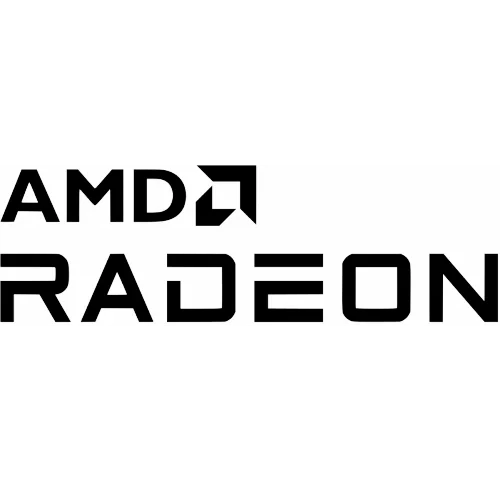Forcing The R9 Fury's Performance State For Better AMDGPU Performance?

With yesterday's results when having enabled PowerPlay for the AMDGPU DRM driver, the R9 Fury graphics card was still performing very badly -- worse than the lower-end GCN graphics cards tested. This has always been the case for me when testing the R9 Fury on the open-source driver while when switching over to Catalyst, the performance is much better. When it comes to Phoronix readers with R9 Fury graphics cards, some have reported success with much better results than what I've seen while there have also been some seeing the same situation as I where the performance is awful. AMD's open-source developers appear to have not run into this situation themselves with their Fiji graphics cards not being affected by whatever issue is hitting some owners (a video BIOS issue?).
Following yesterday's article, as usual, there were some suggesting that it must be a heatsink/overheating problem or the card is defective. However, need I remind you again, that the R9 Fury performance is much better when using the Catalyst driver on the same very system. Even with the older Catalyst drivers that were out shortly after the R9 Fury series launched, the Catalyst performance was still better than where it is performing today on the open-source Linux stack. Without any other changes besides moving to the binary blob, the performance is much improved and it can run for hours without any stability issues. For those thinking the AMDGPU driver then must be simply setup wrong, keep in mind with the R9 285 Tonga on the very same AMDGPU driver stack (and all of the AMD GPU firmware files updated for all the files available) I see great performance of the R9 285 Tonga. It's just isolated to this Sapphire R9 Fury that still runs like garbage on the open-source driver.
One of the recommendations was to try forcing the R9 Fury to a high performance state to see if that fixes things. So on the same system and software stack as yesterday's Mesa 11.2 + Linux 4.5 AMDGPU PowerPlay benchmarking, I did an extra run while setting /sys/class/drm/card0/device/power_dpm_force_performance_level to high rather than its default of auto. Here's a look at how that changed things when forcing high:
35 Comments

